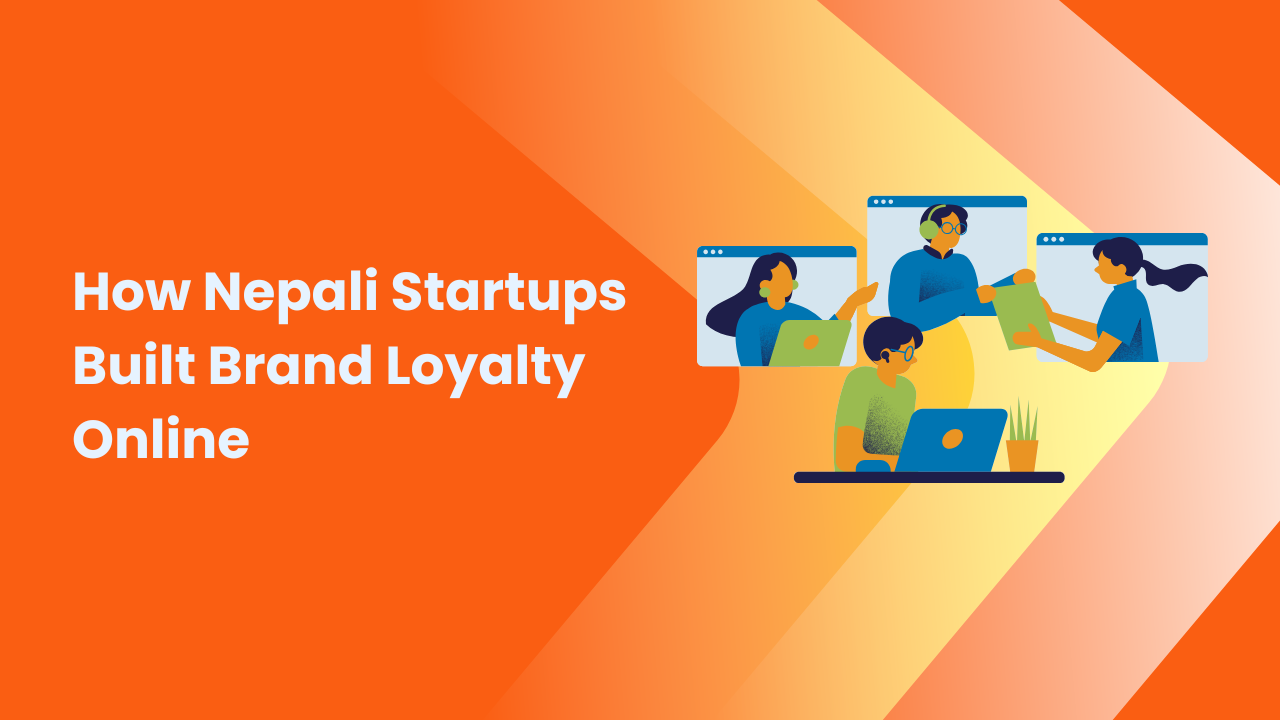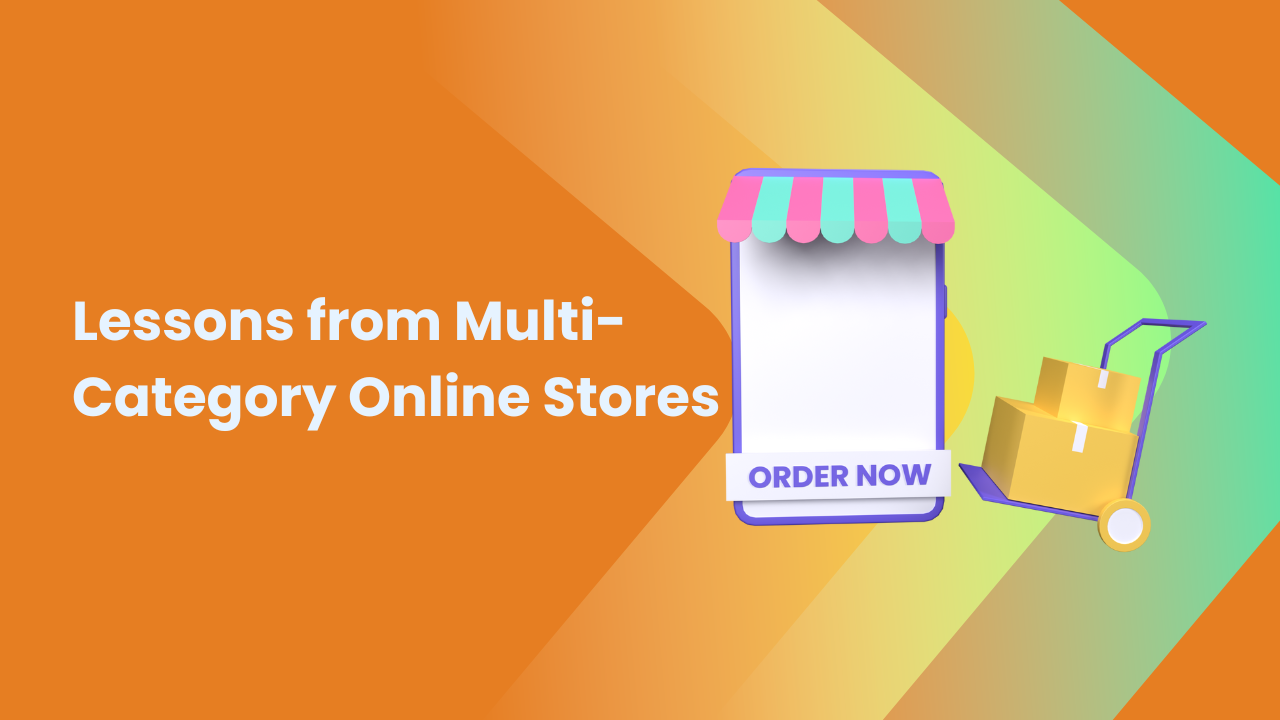Share this Article
The rise of mobile internet usage in Nepal has transformed the way people shop. From groceries and fashion to electronics and daily essentials, customers are increasingly placing orders directly from their phones. This shift has made it essential for online businesses to ensure a seamless mobile checkout experience.
But here’s the catch: even if your website looks great, a poorly designed mobile checkout can cause users to abandon their carts right before purchase. That’s why optimizing this final step is critical for increasing sales, improving customer satisfaction, and building trust—especially in the context of Nepali shoppers.
In this guide, we’ll walk through actionable ways to fine-tune your mobile checkout process for customers in Nepal.
1. Know Your Nepali Mobile Customer
Before making any technical or design decisions, it’s important to understand your target users. Most Nepali shoppers:
- Use mid-range Android smartphones with limited processing power.
- Prefer cash-on-delivery over digital payments due to trust issues and limited online banking access.
- Access the internet via mobile data, often with slow or unstable connections.
- Rely on simplicity and familiarity during the checkout process.
By aligning your mobile checkout with these user realities, you can significantly boost your chances of conversion.
2. Use a Mobile-Optimized Layout
A mobile checkout should feel intuitive and effortless. When designing your checkout for phones:
- Stick to a single-column format that’s easy to scroll through.
- Use large, easy-to-tap buttons for actions like “Proceed,” “Place Order,” or “Go Back.”
- Ensure fonts are legible and elements aren’t overcrowded.
- Keep key actions like the “Confirm Order” button fixed at the bottom of the screen so it’s always accessible.
Remember, every touch and tap should be easy—especially on smaller screens.
3. Simplify the Checkout Journey
Nepali customers are less likely to complete a purchase if the process feels long or complicated. Your goal should be to:
- Minimize the number of steps—ideally no more than 2–3 pages from cart to confirmation.
- Avoid asking for unnecessary information. Stick to essentials like name, phone, delivery address, and payment choice.
- Use auto-fill, pre-filled suggestions, and saved addresses where possible to save users time.
- Clearly indicate progress using step indicators (e.g., “Step 2 of 3”).
The faster and easier it is to check out, the more likely users are to complete the purchase.
4. Offer Trusted, Local Payment Methods
Most shoppers in Nepal still feel more comfortable paying after delivery. Your mobile checkout should reflect that by offering familiar and trusted payment options:
- Cash on Delivery (COD): The most widely used and trusted method.
- eSewa and Khalti: These digital wallets are growing in popularity, especially among younger users.
- Mobile Banking or QR Pay: Ideal for more tech-savvy customers.
Display recognizable icons or logos to build trust and reassure users that their preferred method is supported. Also, avoid complicated payment gateways that require too many steps or redirects.
5. Design for Slow Connections
Many users outside major cities like Kathmandu or Pokhara rely on 3G networks or inconsistent mobile data. Your mobile checkout needs to load quickly and function well under less-than-ideal conditions.
How to optimize:
- Compress images on checkout pages.
- Remove heavy scripts and unnecessary animations.
- Reduce redirects between checkout steps.
- Enable caching to load pages faster for returning users.
Speed is critical—especially during checkout. A few seconds of delay can result in a lost sale.
6. Make Address Input Simple and Localized
Formal postal systems aren’t always used in Nepal. Many areas rely on landmarks, local chowks, and descriptive directions.
Make the address field adaptable by:
- Including labels like “Tole,” “Chowk,” or “Nearby Landmark.”
- Using dropdowns for province, district, and municipality selections.
- Allowing free-form delivery notes so customers can guide the delivery personnel.
If users can’t enter their address accurately, they’ll hesitate to complete the order.
7. Build Confidence with a Secure Checkout
Trust is a big deal when it comes to e-commerce in Nepal. If the checkout page doesn’t feel secure or legitimate, users are more likely to drop off.
To reinforce security and trust:
- Add SSL badges or simple security labels like “Secure Checkout.”
- Display your return/refund policies briefly during checkout.
- Include contact numbers or chat support in case the user has questions.
- Clearly mention that COD is available and payment can be made after receiving the item.
Transparency and accessibility go a long way in easing customers’ minds.
8. Prioritize User-Friendly Button Design
Good buttons drive action. Bad ones frustrate users. On a mobile device:
- Buttons must be large enough to tap without zooming.
- Use high-contrast colors so buttons stand out from the background.
- Include clear action labels: “Next Step,” “Confirm Order,” “Pay with eSewa.”
- Provide feedback like a loading icon or a message saying “Processing…” to prevent double-taps.
Every click should feel intentional and acknowledged.
9. Don’t Force Users to Create an Account
New or casual shoppers may be hesitant to register before checking out. Forced sign-ups often lead to cart abandonment.
Instead:
- Offer guest checkout with just a name and phone number.
- Provide the option to create an account after the order is placed.
- Encourage account creation with incentives like faster reordering or exclusive discounts.
Let customers shop without pressure, and they'll be more likely to return.
10. Be Transparent About Pricing and Delivery
No one likes hidden costs. Show all charges upfront:
- Itemized order summary
- Delivery fee (if any)
- Discounts or promo codes applied
- Final total price
- Estimated delivery date or range
This helps set expectations and prevents last-minute surprises that might stop a purchase.
11. Send Instant Order Confirmations
Once a customer completes their purchase, acknowledge it right away. In Nepal, customers feel more assured when they receive:
- SMS confirmations (preferred over email)
- Viber or WhatsApp updates with order details
- A simple thank-you message with the expected delivery window
This small step improves customer confidence and reduces post-purchase anxiety.
12. Test the Experience Regularly
Mobile devices vary in size, brand, and performance. What works on an iPhone in Kathmandu may glitch on a budget Android in Chitwan.
Regularly test your mobile checkout:
- On different screen sizes
- On both slow and fast internet connections
- In real-world conditions
- With both new and returning users
Identify pain points and fix them quickly. Continuous testing ensures you stay optimized for all your customers.
Final Thoughts
Creating a smooth, reliable, and user-friendly mobile checkout experience is essential for any online business targeting Nepali customers. By focusing on what truly matters—speed, simplicity, trust, and local relevance—you can increase conversions, reduce drop-offs, and build stronger relationships with your customers.
The goal isn’t just to sell more, but to make your customers feel confident and comfortable every time they shop with you.
Categories:
E-commerce Tips & Tutorials
,
Marketing & Growth
,
SEO & Content Marketing
,
Beginner’s Guides
,
Sales & Conversion
,
Success Stories & Case Studies
,
Platform Features & Updates
,
Platform Comparisons
,
Design & UX Best Practices
,
Industry Trends & News
,
Tools, Apps, and Integrations
,
Tax Information
,
E-commerce KPI's Nepal
Tags:
Online Store in Nepal
,
5 Simple Steps
,
local businesses
,
e-commerce app
,
Small Business
,
strong brand
,
E-commerce
,
Role of Social Media
,
Growing sales
,
strategies
,
Social media
,
Logistics
,
Delivery Networks
,
Flexible Delivery
,
Mobile Platforms
,
Web







